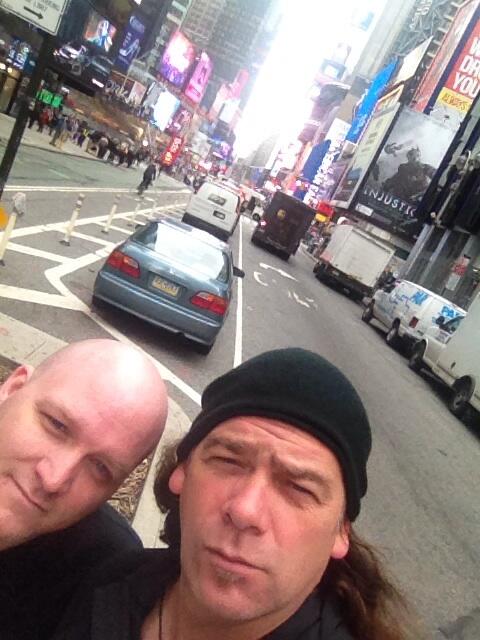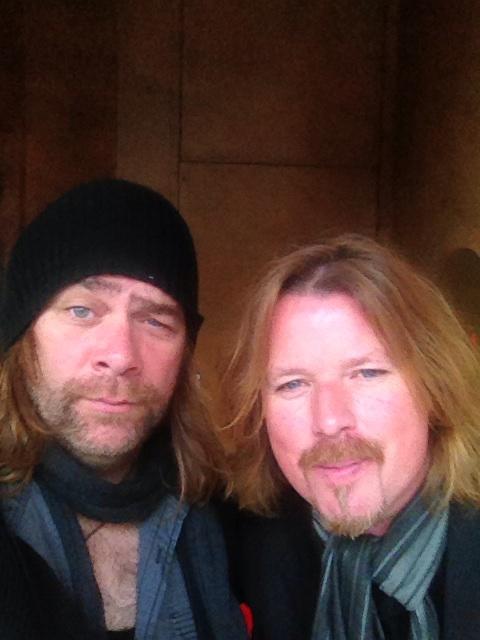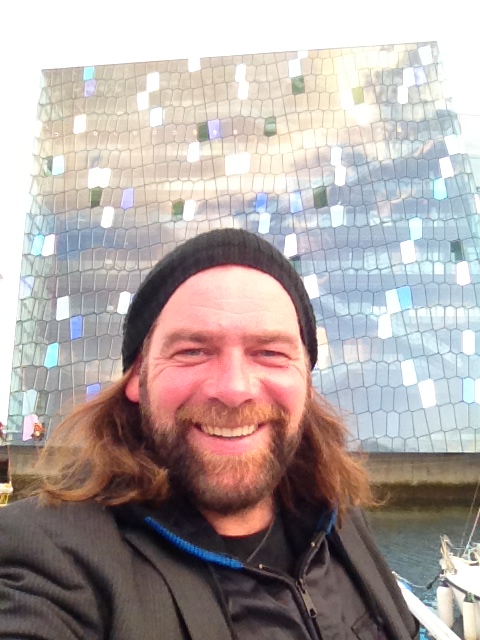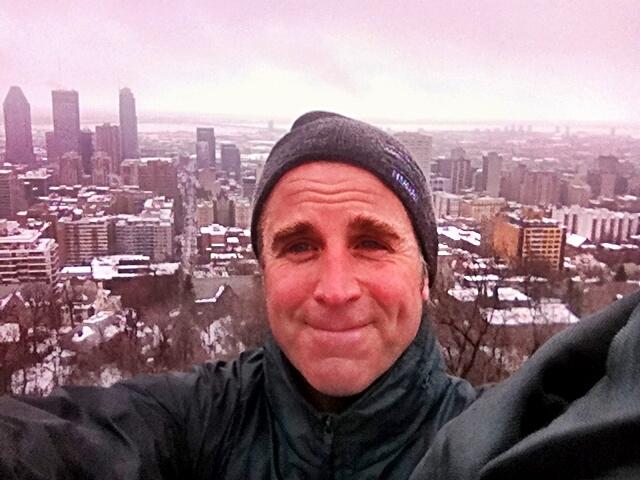Beware of the ‘superfan’…
After a re-read and rethink…
The attached article was written in a blog titled
musicclout.com about how to engage ‘superfans’ and retweeted by @lyndahere or Lynda Elstad. I
am wondering where these people get their information about marketing from
because they clearly are not familiar with the destructive nature of fandom and
in particular those ‘superfans’ like Lyndahere.
“Create exclusive content and experiences for your passionate fans”(Musicclout.com
part 1). It sounds like the Lyndahere guide to marketing and how to
improve her own position but also to validate it with Alan Doyle and Great Big
Sea.
Firstly, if a musician, artist or band has a great product
including music and a concert performance it will sell itself.
“Give your most passionate supporters the attention they deserve. Their
loyalty has helped you create a sustainable career so hail their level of
support as the benchmark. Recognizing the value of the individual fan
reinforces the bond with your top-fans and encourages “fringe-fans” to increase
their support and join the party” (musicclout.com part 3).
Lyndahere and her actions
have made it difficult for Alan Doyle and Great Big Sea to trust their fan base
and for any fans to get close let alone fringe fans. Lyndahere for
example, has been involved in dubious bootlegged recordings and music piracy of
a band’s music, giving their music away for free on mp3 downloads, flooding the
internet with poor quality photography, bootlegging publicity appearances and
interviews in which people pay and sign contracts with them for exclusive
rights, bootlegging, recording and releasing any new material before it was
released and bootlegging and music pirating specials. She was also prepared to
bootleg a whole album before it was released. She is a ‘superfan’ at their
worst.
“Empowering your top-fans to be ambassadors in your
band’s marketing campaign”. Superfans
like Lyndahere come with personal agendas. ‘Superfans’ get caught up with
their fame as a ‘superfan’ but also the money they can make off a musician,
band or artist. ‘Superfans’ can on one hand attract new fans but also piss others
off with their personal agenda and their unprofessional approach to marketing
and biased presentation of information and a reality.
From my research using 'superfans' as promoters/marketers, these 'superfans' get
into issues with other fans and don’t send them information and the fan ends up getting
excluded from events because the 'superfan' doesn't like them for some reason. There is lots of bullying in particular on social media when
fans get into disputes with the 'superfan' or someone gets too close to someone the 'superfan' likes. Once a musician or
artist or band loses a fan it is very difficult to get them back.
“Recognizing the value of the individual fan
reinforces the bond with your top-fans and encourages “fringe-fans” to increase
their support and join the party….Start
releasing content (behind the scene videos from the tour bus or the recording
studio) or creating interactive experiences (private shows, backstage passes)
which fit your overall brand image you’ll be fine” (musicclout.com part 1).When
this blog writes about creating a core group of fans as ‘superfans’ the writer forgets
that not all fans can get involved as they would like because they simply don’t
live in the country where the musician artist or band play and live, they don’t
have equal rights to content because of distribution and copyright laws, nor do
they have the opportunity to travel because they don’t have the money. Why
reward fans because they have more money and opportunity to travel, to purchase
goods and music?
Unequal access is a social justice issue. How do musicians,
artists and bands monitor this to ensure fair and just access and rewards? The writer fails to recognise that music is a global phenomena. All countries
have access to buying music online even if it is not in the format a consumer
may like, merchandise, and fans can be involved on online social media interactions. In
past blog posts I have raised the issue of rewarding fans like Lyndahere who
are involved in illegal activities such as bootlegging and music piracy. And
while she may buy tickets to concerts and show a kind of support why should fans
who commit illegal activities be rewarded as against someone who does the right
thing and may not spend as much money as she does?
“Reward your most
passionate fans with unprecedented access to you”(musicclout.com part 2).
There will always be fans like Lyndahere who will want to monopolise a
musician, band or artist to the exclusion of others. “Be generous, your fans will love you for it” (Musicclout.com part 2). There
are many musicians, bands and artists who are generous and share content and there
are always fans like Lyndahere who are never satisfied with what is on offer from the likes of Alan Doyle and Great Big Sea. It gets back to the issue of the product. If a fan loves the product the artist, musician or band they will buy it regardless of any promotional opportunities and opportunities to become 'superfans'.
Every musician, artist and band needs
professional people to manage them and their fans.
'Superfans' Key to a Sustainable Music Future by Brandon Chiat posted
on the blog Musicclout.com on September 3 2013
How To Engage
Superfans. Superfans are the key to a Sustainable Future Part 1
In the truest and most basic sense fan engagement is about
building deep, long lasting relationships with your audience. In our first
content series we’ll explore this idea and how independent artists and their
teams can:
·
Create sustainable careers based on the support
of an inner-circle of superfans,
·
Craft a genuine dialogue with your audience to
earn the support of fans,
·
Nurture fan support into a life-long
relationships,
The artists who are thriving in this uncertain digital music
industry are the ones who have earned the continued support of an
“inner-circle” of committed and passionate fans.
These fans don’t just love your music – they love your band
and crave personal connections with you as individuals. Superfans have a
personal investment in your career and feel they play an active role in your
artistic journey.
Superfans form the core of your audience and will directly
support you by purchasing content, merchandise and concert tickets.
A recent Nielsen study confirms that fans are willing to pay
for content – and that is great news if you’re an independent musician. While
superfans make up only 14% of the total population of music consumers, they are
responsible for a mind-blowing 34% of all music purchases – the most of any
supporter.
Face it: all fans are not created equal.
The majority of your support comes from a small segment of
fans.
This small segment represents the highest-value to you as an
artist. Recognize the importance of their loyalty and reward those fans with
unexpected value.
Enhance the live music experience by offering upgraded
ticket packages that could include meet-and-greets or merchandise bundles.
Digital content, like unreleased tracks or behind the scenes videos also help
to grow a community of superfans.
Nielsen has found that the superfan spends more than $422
each year on music,concerts and merch. Artists can earn a share of that annual
spend by creating content and experiences for an inner-circle of superfans.
Create exclusive content and experiences for your passionate
fans.
Name your fanbase and provide content just for those fans.
The more value you offer in upgrades and incentives, the more your core fans
will be willing to purchase.
Consider that the Nielsen study found that over half (53%)
of (superfans) said they would be willing to pay to get exclusive content from
their favorite band.
This is huge considering your fans, especially younger ones,
feel they shouldn’t have to pay for your music. Interestingly, most fans
understand and expect that in order to get free music, artists will have to
make their money elsewhere and are willing to spend on high-value experiences
and content.
There is no such thing as “selling-out” anymore.
Once you realize this, you’ll be free to apply as much
creativity to your marketing efforts as your recording efforts. Start releasing
content (behind the scene videos from the tour bus or the recording studio) or
creating interactive experiences (private shows, backstage passes) which fit
your overall brand image you’ll be fine.
In our next post we will focus on how your messaging and
presentation of this content is crucial when developing the inner-circle of
your audience.
How To Engage
Superfans. Superfans are the key to a Sustainable Future Part 2
In the last post we talked about the importance of
cultivating an inner-circle of superfans.
These passionate fans form the core of your audience and are
the most likely to support you by purchasing exclusive content, merchandise and
live experiences. Today, we’ll explore how to earn the support of those
superfans. Fan acquisition starts with your message.
In a nutshell, fans want to be included in an on-going
dialogue with their favorite artists. Fans need to feel like they’re a part of
your artistic journey, so establish a meaningful relationship with them.
Be authentic, fans don’t want to be spammed.
In a digital space where countless artists compete for the
attention of music consumers, spam is the fastest way to alienate even the most
loyal supporters.
Your fans, especially superfans, don’t want to hear from
managers or record companies – they want to talk to you. Whether it comes to
sharing tour announcements or mundane updates, the message should be in your
own voice.
Sustainable music careers are just as much about fan
interaction as writing, rehearsing and performing your music.
MTV Research arrived at some really interesting
conclusions about how fans want to interact with artists:
Constant contact at zero-distance: over 75% of music fans
polled said they “feel a strong connection to musicians who are open about who
they are,” and 53% say the more an artist shares, the closer they feel to them.
Selling content is ok, selling yourself is not: 68% of fans
polled say there is “no such thing as selling out” so long as the artist is
perceived as “real and not fake.” This means that digital content, concert
tickets and merchandise are all fair-game so long as they fit your overall
image.
Not surprisingly, fans don’t want to be sold to, so in
addition to crafting an authentic message, consider offering free digital
content, like behind-the-scenes videos or pictures, which help to tell the
story of your band.
Be generous, your fans will love you for it.
Superfans will spend money on your band, but they expect
more in return. Namely, they expect the unexpected.
Music fans chase those singular, transcendental moments.
Much in the same way that superfans are attracted by exclusive access to their
artists, your most loyal supporters will attend live shows and consume your
music just for the chance to be a part of something they’ve never experienced
before.
Reward your most passionate fans with unprecedented access
to you.
Invite them to watch your soundcheck or hang-out with you
backstage. Offer digital content like live-show recordings or unreleased
material to strengthen the connection between audience and artist. Offering
free content alongside premium “for-sale” content is a great way to allow your
fans to support you without spamming them.
Create amazing experiences for your current fans and new
fans are sure to follow
Those “you-had-to-have-been-there” moments cause fans to
feel a deep connection with you as an artist. The core of your message should convey
this sense of exclusive inclusion. Make membership in your fanbase so
valuable, that “fringe fans” feel that they’re “missing-out” by not supporting
you to the fullest.
Marketing for musicians used to be about building awareness
of your music in hopes of attracting new fans. Now superfans are the marketers,
preaching the gospel of your band to potential new fans.
When your story is authentic and your content flows
generously, you’ll attract new fans who want to be part of your community.
How To Engage
Superfans. Building lifelong Relationships With Your Audience. Part 3
Artist and managers are in the business of building awareness.
New tracks need plays on Spotify and views on YouTube. Shows and tours
need to be announced on Facebook. And if you’re lucky, you’ll start to build
some “buzz” in the blogosphere’s hype-machine.
Plays, views, shares, likes and followers have become the holy grail for
music marketers. And because metrics like followers on Twitter and Facebook
likes represent individual fans, these social benchmarks are believed to
indicate the relative size of your audience and the effectiveness of all that
buzz-building.
But is amassing a huge following on social media the best way to build a
fanbase? Are all those likes and followers really that important?
Clyde Smith wrote a great post about why Facebook “likes”
are the wrong thing to focus on (he’s even referred to the Facebook “like” as
nothing more than a “grunt of acknowledgement.”)
Building awareness of your band, music or live shows should be a part of
your on-going dialogue with a group of committed fans. There’s little to gain
from blasting content to a large audience on social platforms, many of whom
won’t find that message relevant or meaningful.
Focus on your inner-circle of fans, what those fans want from you, and
how your message can strengthen the relationship you’ve developed with your
community of superfans.
Recognize and Reward Loyalty
Like we talked about in the last post, superfans give more to
your project but expect more in return. These fans want to be recognized as an
invaluable member of your community.
Give your most passionate supporters the attention they deserve. Their
loyalty has helped you create a sustainable career so hail their level of
support as the benchmark. Recognizing the value of the individual fan
reinforces the bond with your top-fans and encourages “fringe-fans” to increase
their support and join the party.
Recognition can be as simple as interacting with fans in your on-going
dialogue and as sophisticated as:
·
Featuring the most engaged fans from your audience in your blog or
social media
·
Empowering your top-fans to be ambassadors in your band’s marketing
campaign
·
Freebies don’t hurt – after all superfans are prepared to spend up to $422 every year on their favorite
musicians, so show those fans your love with some free schwag
Encourage Co-Creation
Incentives are the tangible manifestation of a fan’s support. Superfans
take pride in supporting your band and the rewards you offer are tokens that
represent their love for your band.
Some musicians are going a step further and including their top fans in
the creative process. Artists like the Kaiser Chiefs gave their fans the
opportunity to create and sell their own album using the band’s recorded
material.
Other artists, like Umphrey’s McGee have invited fans to take an active
role in the development of their band, encouraging them to do everything from promoting albums to curating setlists for live shows.
Focus on building lifelong relationships with existing fans.
Superfans love your music. This passion is active, enduring and focused.
In this content series we have explored how to capture that passion and nurture
it into a lifelong relationship, one that sustains your career as a musician.
It is better to have earned the support of 300 undeniably passionate
fans who will buy everything you put out than 10,000 fringe fans who have a
fleeting interest in you.
So put in the work to earn the support of these superfans – engage them
in an honest and on-going dialogue, recognize and reward their loyalty and
invite them to take an active role in your journey.









